Let your next vacation be the slow tourism kind. This versatile road trip created by the Catalan Tourist Board encourages travellers to take their time on this intuitively designed road trip: though Catalonia’s public transportation is a dependable option for non-drivers. Set to become the World Region of Gastronomy in 2025, we’re not joking when we say that the food & wine here will impress even the most discerning critics. It certainly doesn’t hurt that you can easily move between landscapes of wild beaches, centuries-old cities and the Pyrenees. Below is a taster of the type of experiences you’ll encounter on this grand tour of Catalonia open for all seasons.
Start and complete your journey in Barcelona
There are two ways in which you can complete the Grand Tour of Catalonia. It’s possible to break your trip up into five sections and spend roughly five to seven days in each of these. If your vacation time is limited, consider taking the iconic route instead. In 13 days, you’ll be covering around 1,500km; this route whisks you through a monastery buried into a mountain, vineyards that specialise in Cava and a wealth of walking trails.
Before any of that, take some time to explore Catalonia’s cultural capital. Barcelona is visually one of the most unusual yet compelling cities you’ll come across in all of Europe, which can be attributed to Catalan architect Antoni Gaudí and the Catalan Modernism movement. Wandering Barcelona’s most famous street, La Rambla, will tell you all you need to know about Catalonia’s creativity and passion.
Whether you’re exploring the Pyrenees or relaxing on the Costa Brava, you’ll find plenty of opportunities to unwind and take in the stunning scenery. Along the way, be sure to pack essentials like reliable travel pillows, water bottles, a portable charger, and comfortable walking shoes to stay prepared for long stretches and diverse terrains. With such landscapes and rich cultural stops, this journey promises to offer both adventure and relaxation at every turn
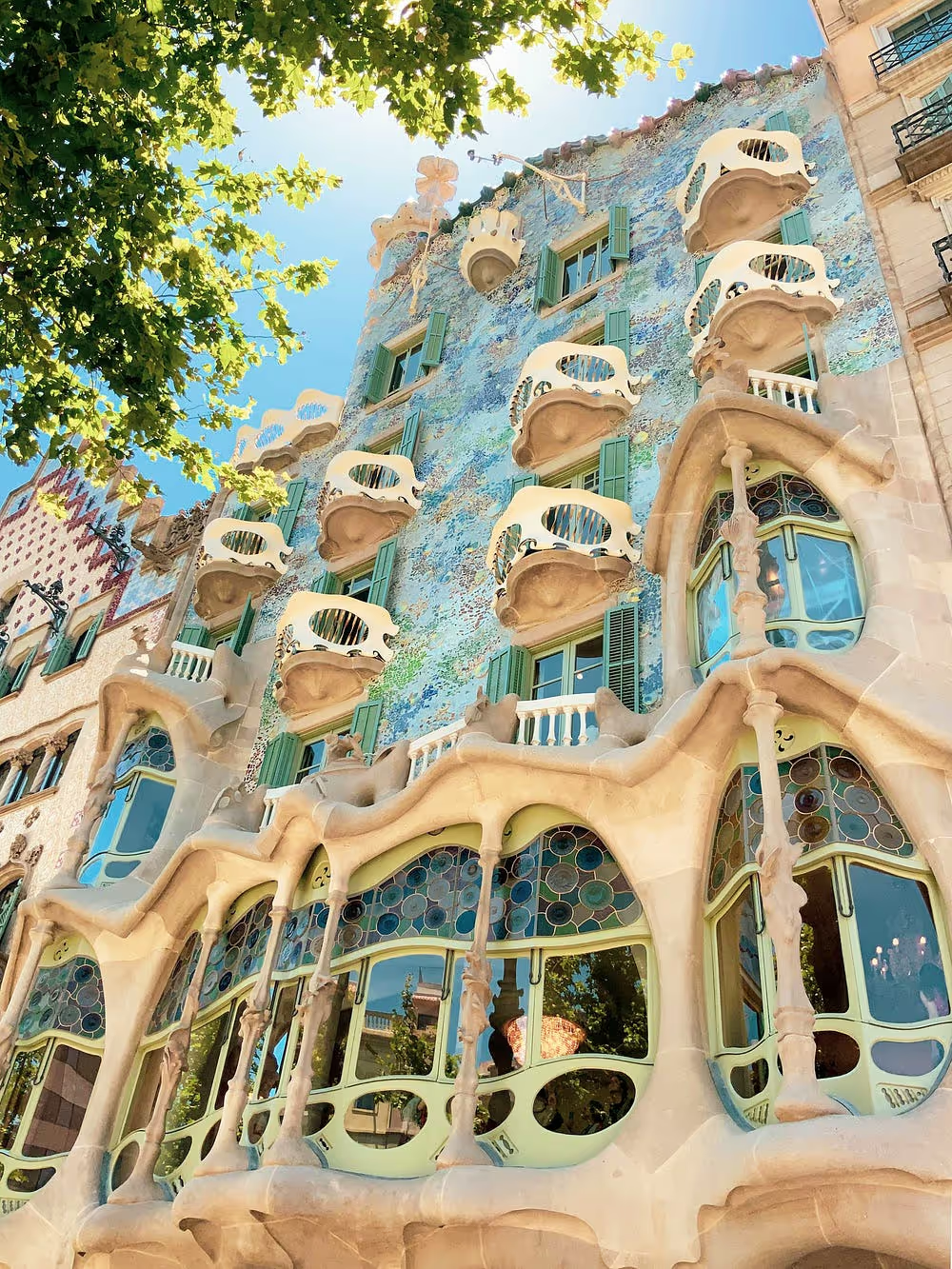
Journey to a monk mountain retreat in Montserrat
Montserrat provides a different kind of inspiration to that of Barcelona. With mountains for miles, the crowning feature of this rocky and rugged terrain is a monastery founded in 1025. While the original building was destroyed under Napoleon, Montserrat gained new life at the hands of Catalonia’s Modernism movement. To this day, there’s about 80 monks in residence.
When it’s not shrouded in mist, you’ll be able to witness divine sunsets. Staring down onto the pathways that wind around emerald cliffs and unique formations from above will already catch your breath. Add in an amber overcast and you’ll feel truly astonished as the scenery around you turns into a real life sandcastle.

Sample Cava in El Penedès
Come back down to earth with a tour around the alluring El Penedès, where you’ll be proven exactly why Catalonia is a gastronomic delight. Vineyard tours are exceptionally popular here; since there’s over 70 wineries to choose from, you’d need to spend several weeks here to even scratch the surface.
El Penedès is known to produce the most wine in Catalonia as well as offering the biggest range. There’s eight different grape varieties grown here. Even though white grapes are more common, the award-winning red wines are considered to be the best-kept secret of El Penedès.
But skipping out on Cava while in El Penedès is like avoiding the Eiffel Tower on a first-time trip to Paris; you simply can’t miss it. This Catalan sparkling wine is produced using a similar method to Champagne but with a greater variety of grapes and a taste that is more citrusy and savoury. Most Cava is white, but rosé takes have gained popularity.

Admire Roman Ruins in Tarragona
In Tarragona, you don’t have to choose between sightseeing and sunbathing. The city’s most famous attraction, the Amfiteatre Romà, is located right by the sea — though it’s worth travelling a little extra distance for the more secluded Playa La Savinosa or Playa de Arrabassada. Dating back to the 2nd century CE, this partially reconstructed site was once gladiator territory in brutal battles.
Tarragona’s status as Catalonia’s sole World Heritage city is impressive, but don’t let that fool you into thinking history is the only thing Tarragona has to offer. Its seafood has merited this city as an up-and-coming foodie destination with a handful of restaurants taking inspiration from the Basque Country.
The city’s nightlife is another stand-out, especially in the summer. Although there’s less venues than Barcelona, it’s also cheaper and has a cosier vibe. If you’re looking to take the Grand Tour of Catalonia in the summer months, consider planning your time in Tarragona around the Santa Tecla Festival in September.
From the 14th to the 24th of September, Tarragona goes absolutely wild with carnival dancing, firework displays and Castells: human towers that reach up to nine layers. Should you find yourself at the top of one, good luck getting down!

Go Bird-Watching by the Sea at Ebro Delta
After daredevil games of human Jenga, you might be in the mood for something more low-key. Thankfully, the Ebro Delta Nature Reserve is ideal for unwinding while on the road.
Home to over 400 species, the Ebro Delta is one of the biggest wetland areas in the Mediterranean. From orchids and rice fields to open lakes and views of the sea, the Ebro Delta is a shining example of how diverse Catalonia’s scenery is. Whether you’re after long walks on the beach or bird-watching from the comfort of your car, the stripped-back scenery is one to observe.

Hike in the Heart of the Pyrenees at Aigüestortes
Catalonia’s sole national park is a world of its own. Readily accessible with 80 trails to choose from, you could easily spend a week camping or lodging inside the Aigüestortes i Estany de Sant Maurici National Park. And once you’re here, you won’t want to leave — not when you catch a glimpse of the royal blue skies intertwining with the verdant mountains and imposing grey peaks.
Aside from the park’s expansive lake, you’ll find plenty of natural treasures tucked inside the forest. You won’t exactly be alone on the hiking trails as Aigüestortes is popular among locals, but it rarely feels crowded — particularly if you visit during quieter hours of the day.

Ski the Slopes of Val d’Aran
Val d’Aran is home to 33 villages bursting with culture. Yet, despite this, over 95% of this astonishing valley is pure nature. An escape to wildlife is only ever a few minutes away, meaning that in the summer you can take long hikes through the Pyrenees with local stop-offs for lunch.
As the host of several professional running races throughout the year, Val d’Aran is all about getting outside and exploring. With a view like that, it’s easy to understand why this region is so enthusiastic about sports.
During the colder months, Val d’Aran receives an abundance of snow and gets transformed into a skier’s idea of paradise. Although the wider province of Lleida in Catalonia attracts thousands of visitors at this time of year, this destination is somewhat under the radar. Regardless of your ability level, you’ll likely find the space on the slopes welcoming.

Experience Costa Brava Bliss at Cap de Creus
Costa Brava’s reputation as a top beach destination in Europe speaks for itself — but on this occasion, we encourage you to travel beyond the sun loungers. The rugged scenery of caverns and calas (coves) received praise from Salvador Dalí himself, particularly Cala Jugadora which can be reached from the area’s iconic lighthouse.
You can also follow a monastery walking trail while you’re here, but if your legs are feeling a little tired from your time in the Pyrenees, take it easy at a beach bar. A plateful of fresh paella with a fruity sangria and untouched ocean views… what more could you need?

Unwind in Girona
Before returning to Barcelona, embark on extra city break in Girona. While the buildings here are more conventionally shaped, you’ll still feel in awe when admiring the city’s eclectic colours from Eiffel Bridge. When you’re not admiring the width of the Gothic Cathedral, or taking a moment to see the Arab Baths made in 1194, you may be checking out the Cinema Museum. You may recognise much of Girona from Game of Thrones, but this city has been a cinephile long before its mainstream success.
Now that you’ve had a taster of what your road trip around Catalonia could look like, let’s keep the inspiration rolling. Find out more about planning your trip on the Catalan Tourism Board’s website here. And for inspiration while on the road, download their free app available on Android and iOS.







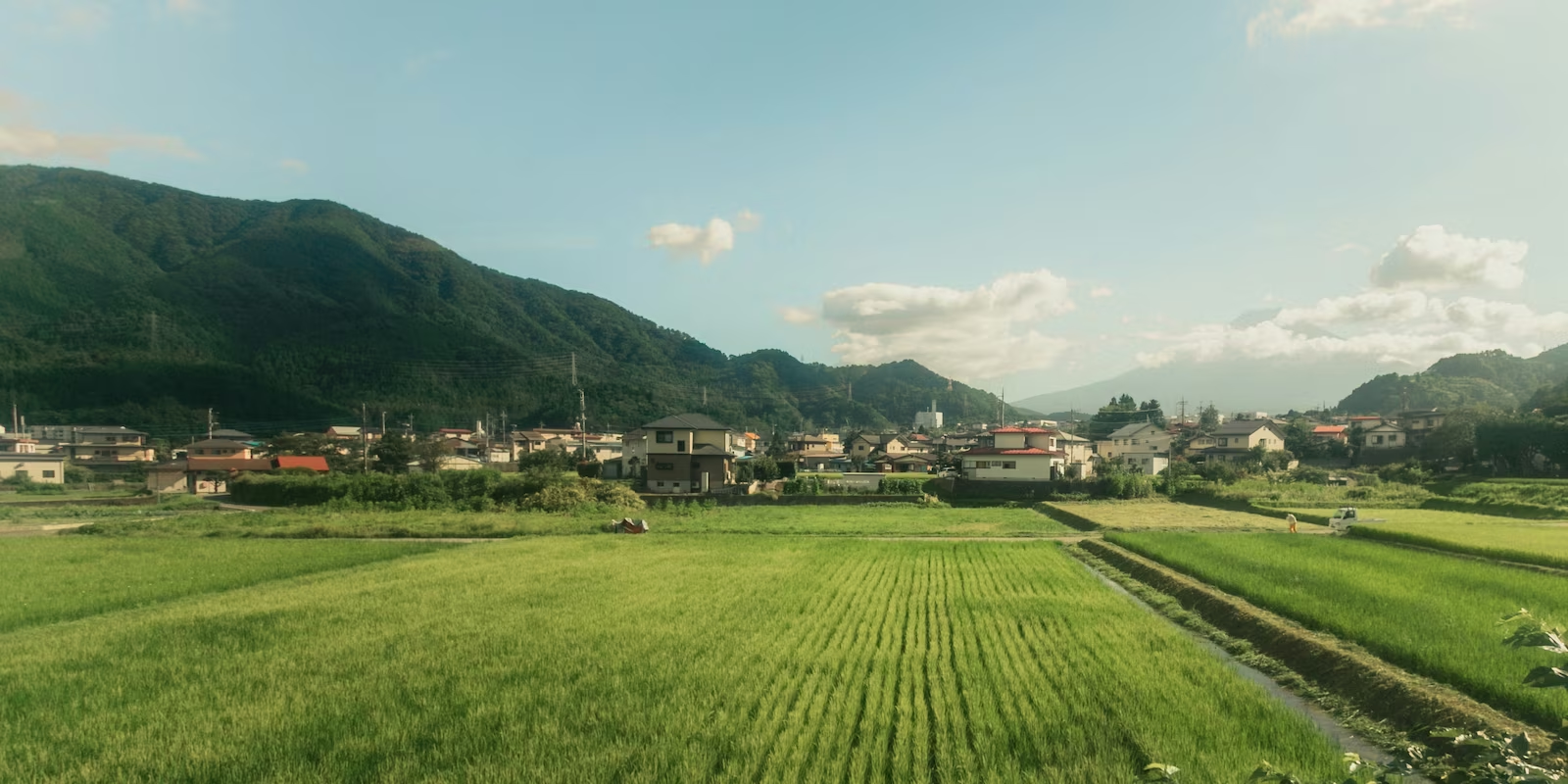

.avif)
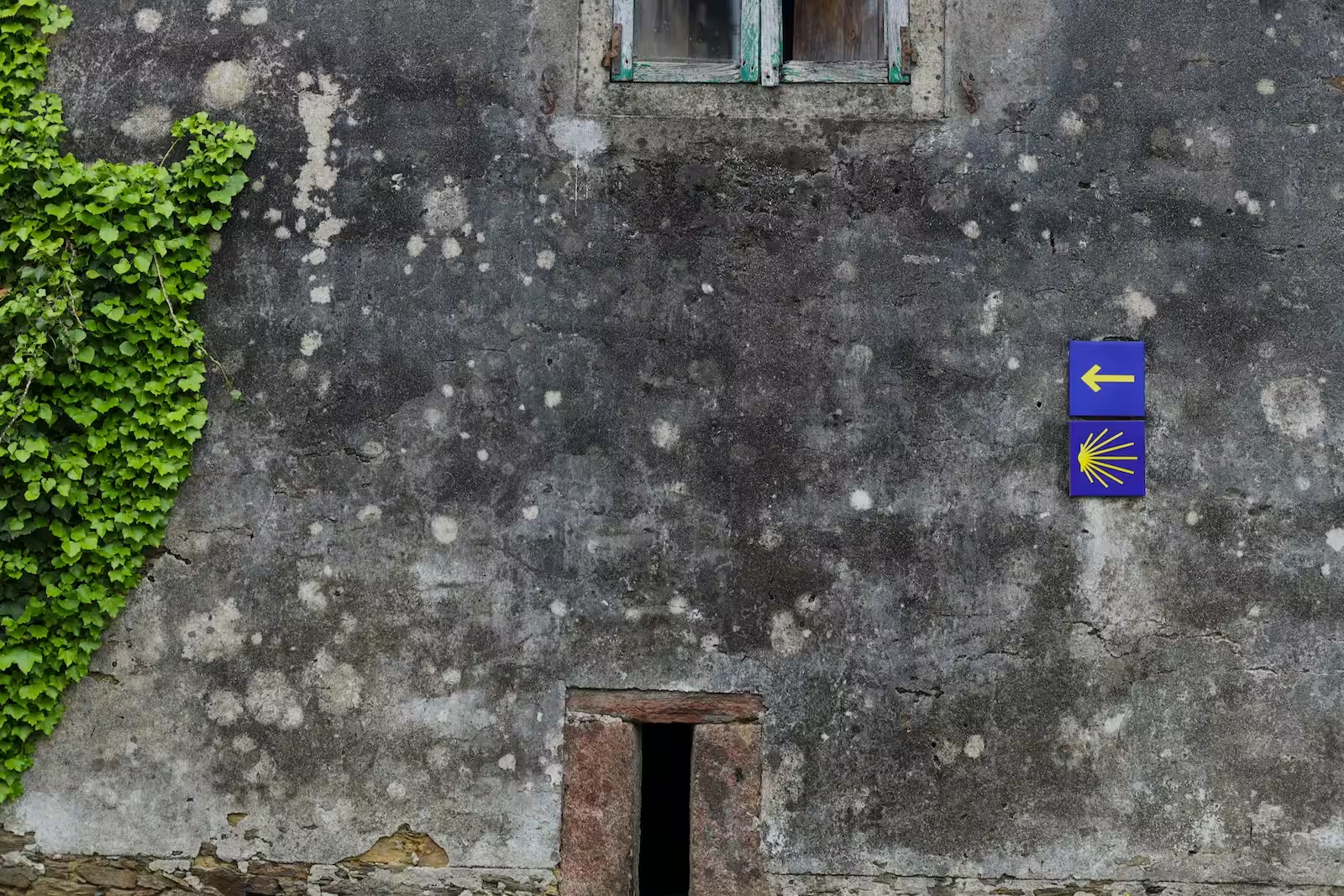


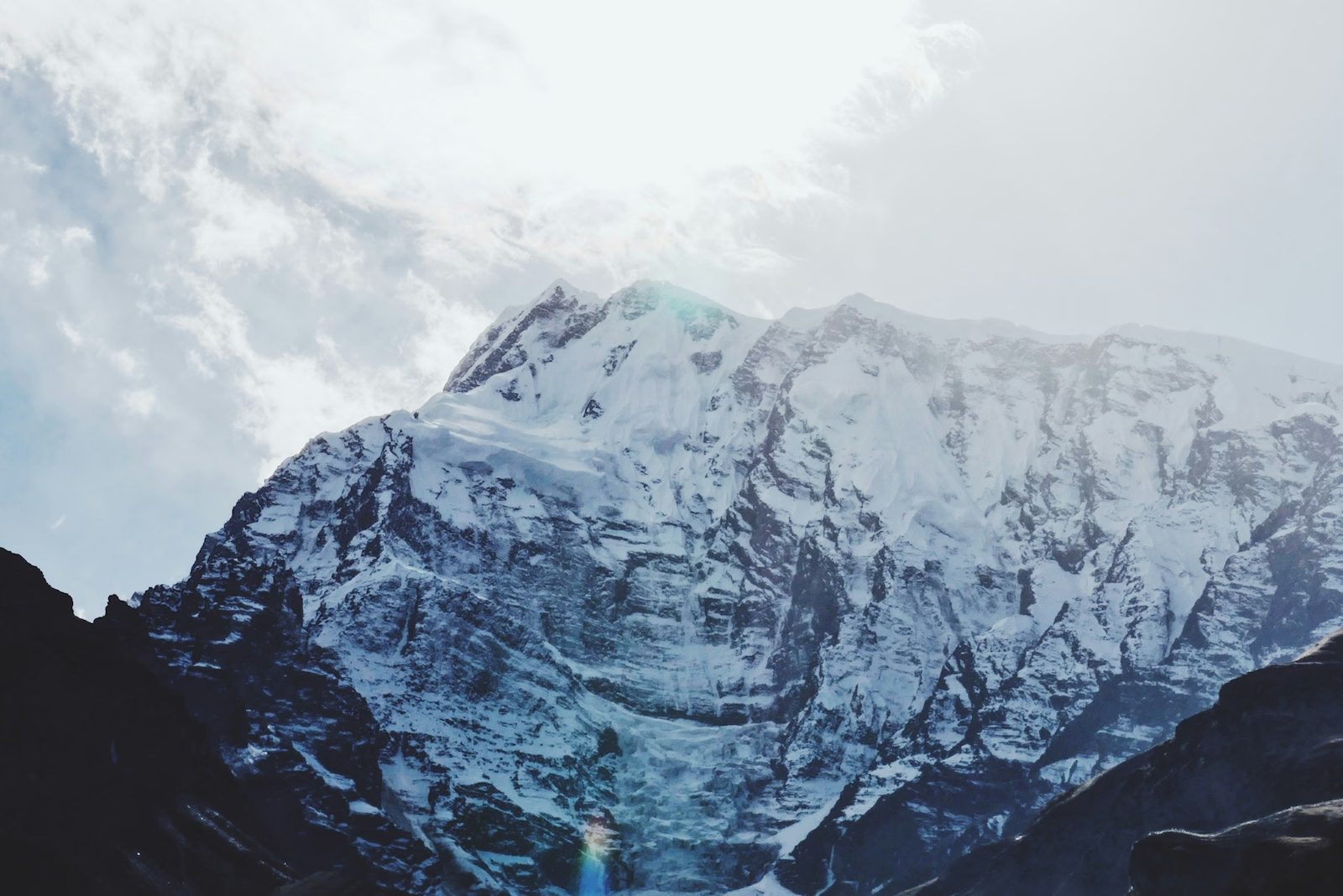
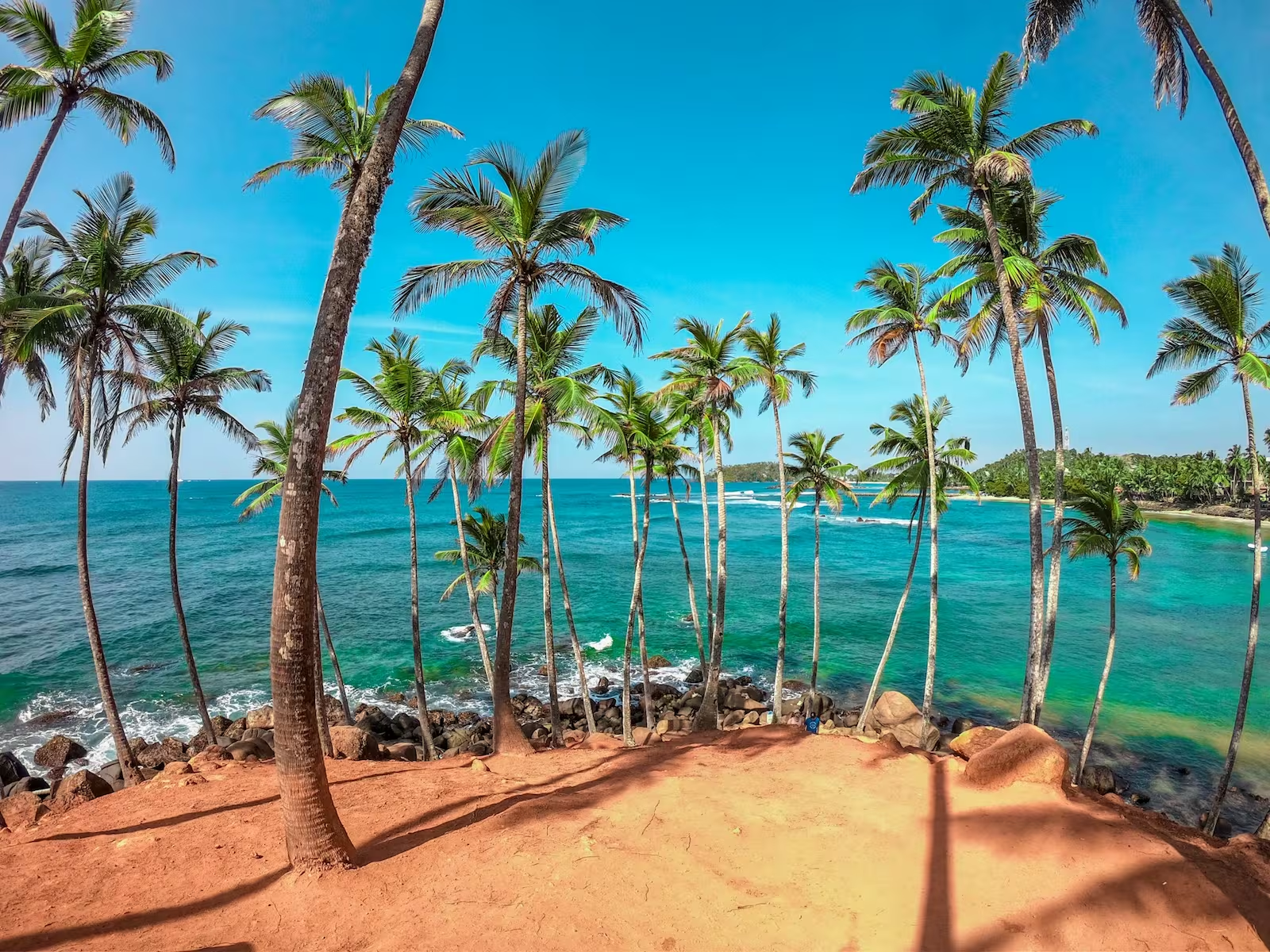

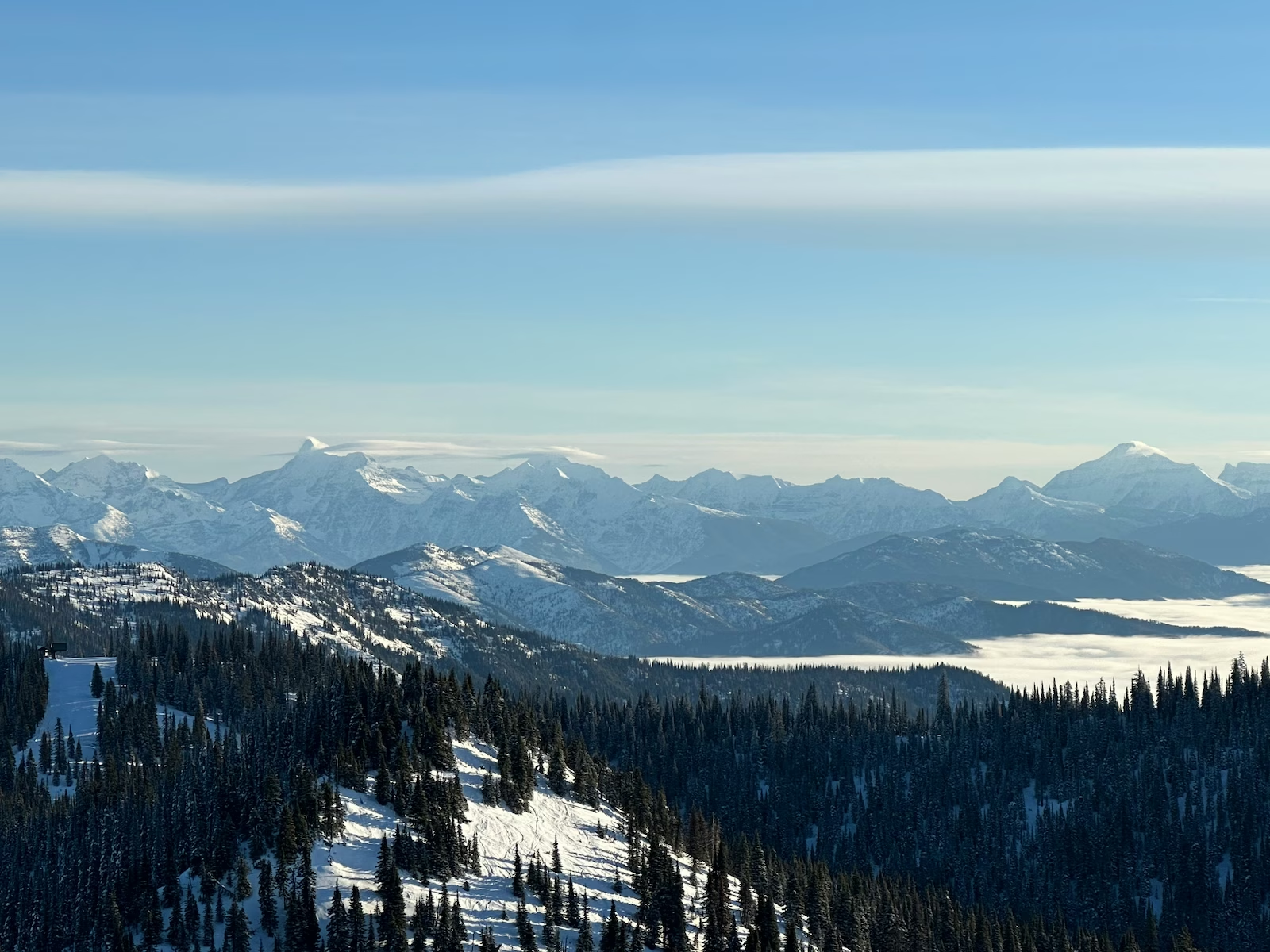
.jpg)